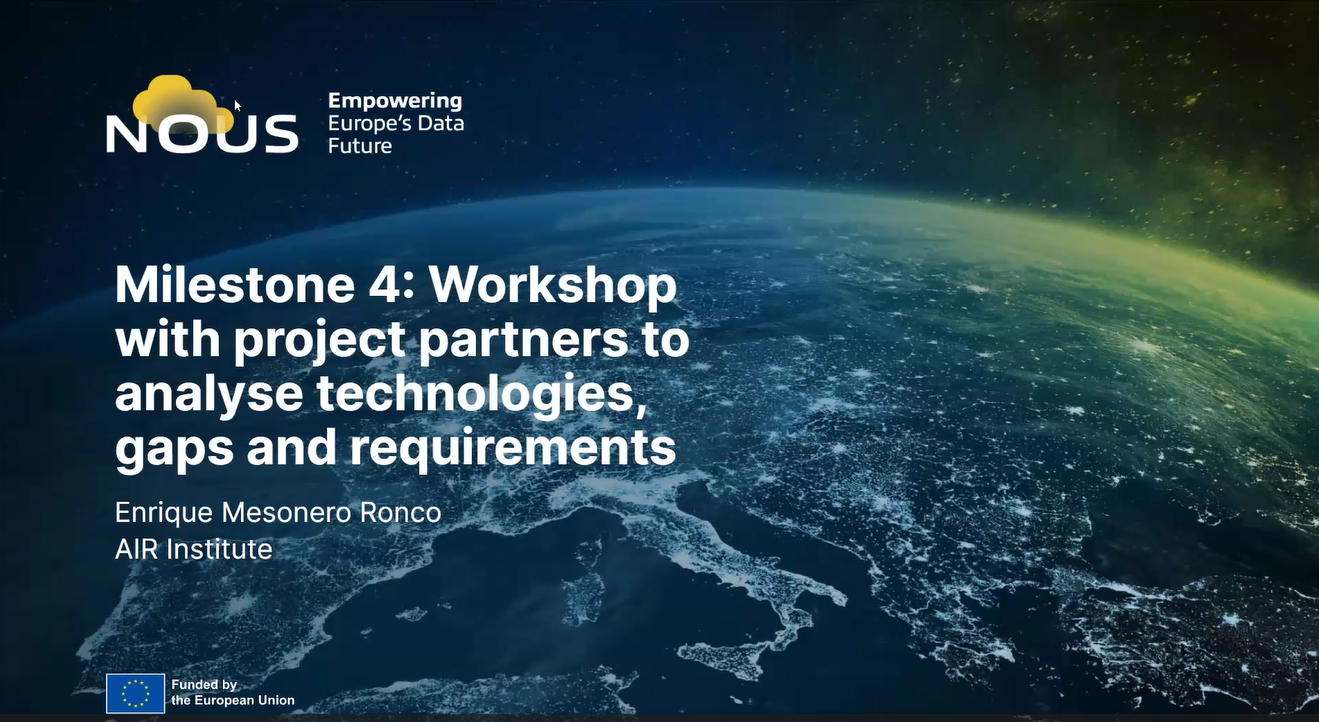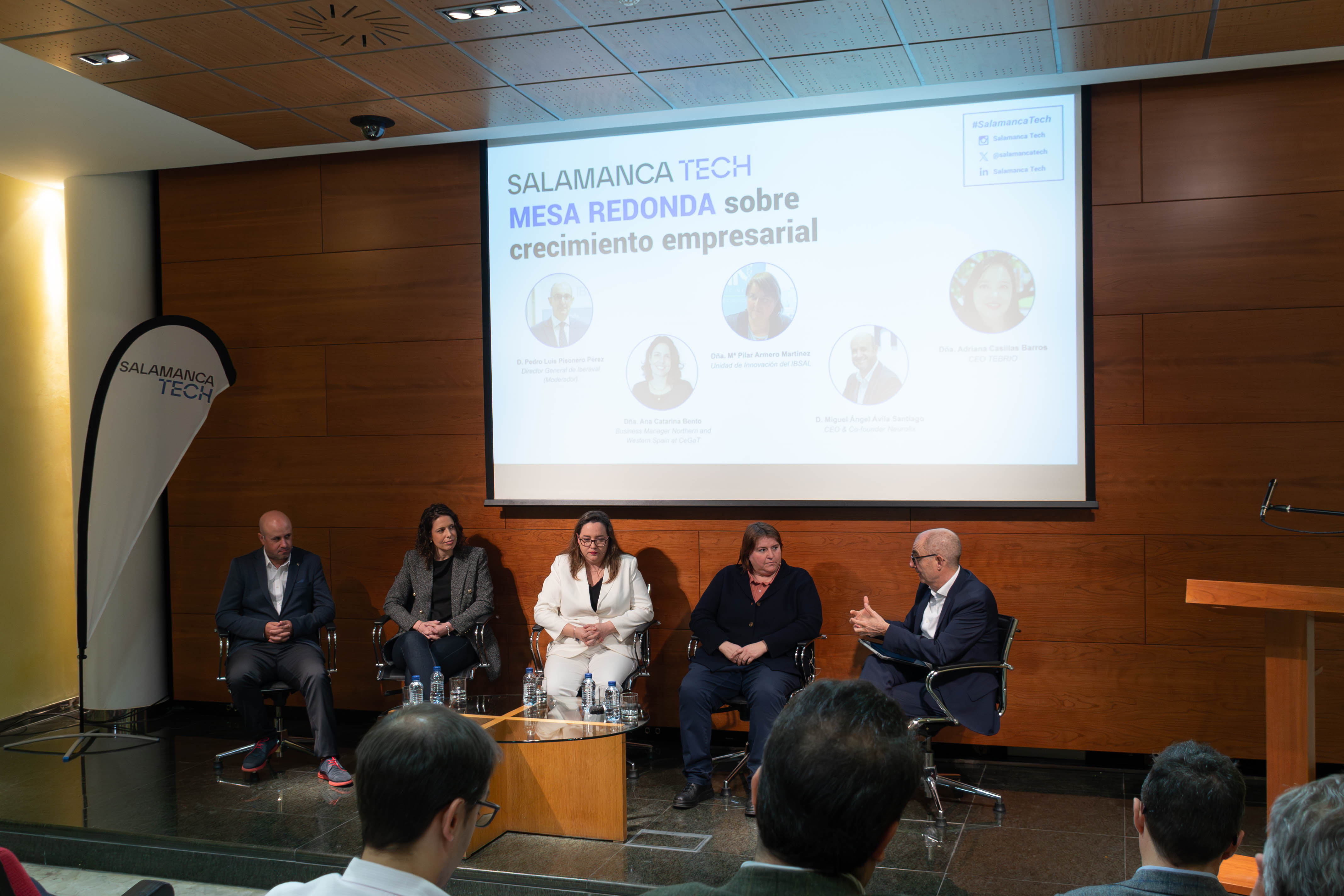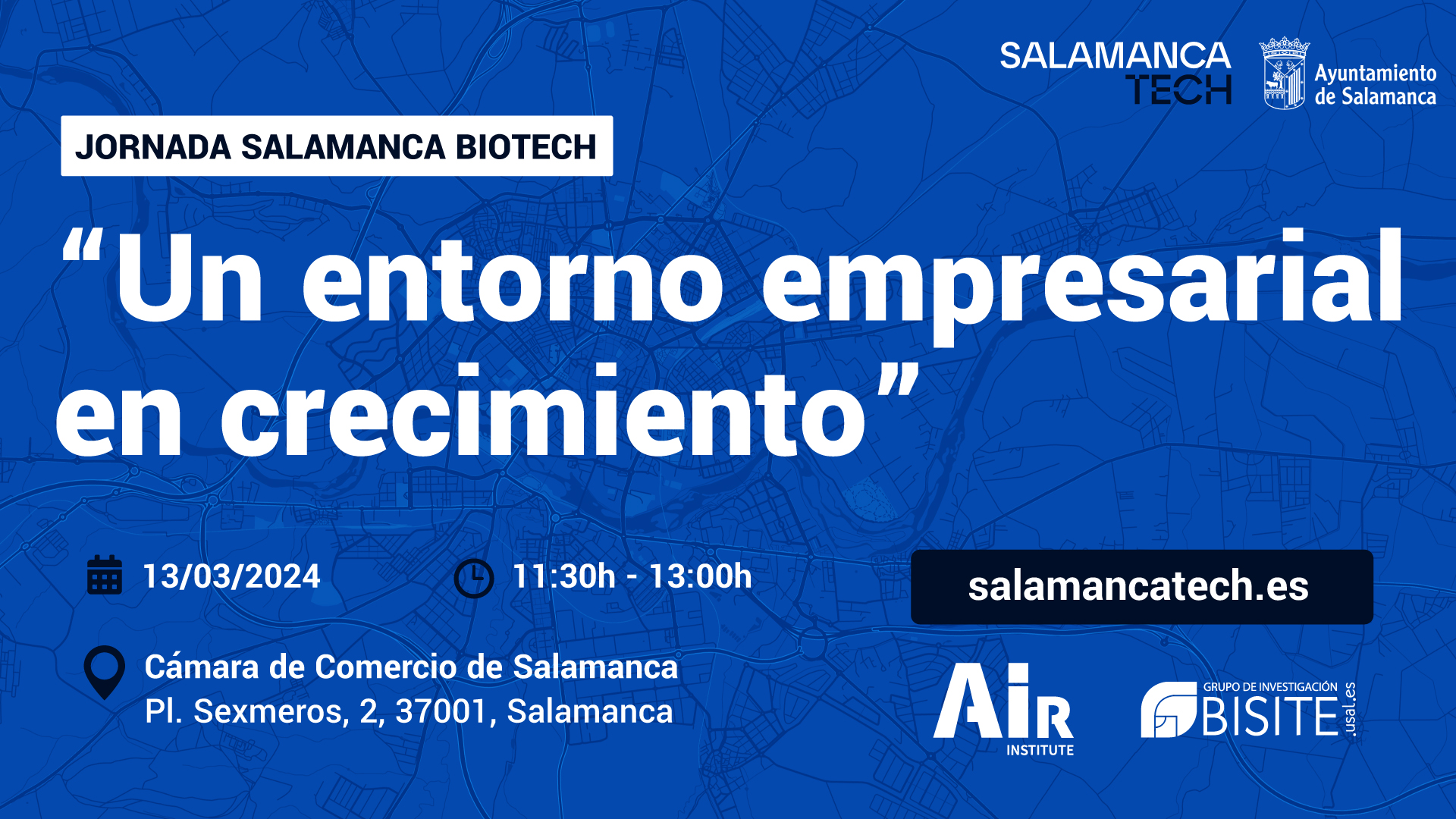At the intersection of Artificial Intelligence (AI) and the Internet of Things (IoT), the Livestock IoT project, led by the BISITE research group of the University of Salamanca under the University-Business Knowledge Transfer Plan TCUE (PC_TCUE21-23_005), marks a milestone in the evolution of modern livestock farming. This project not only boosts farm efficiency, but also redefines the relationship between technology and animal welfare.
IoT Livestock is based on the convergence of IoT sensors, AI and data analytics to revolutionise the traditional approach to livestock farming. The main goal is to improve animal welfare while optimising production and reducing reliance on antibiotics.
Monitoring and prediction with IoT sensors
Using a variety of IoT sensors, the project monitors various aspects of the livestock's environment and health. From temperature to stress level, these sensors collect data that is stored in a layer called Smart Data. This set of information, processed in a Big Data environment, becomes the cornerstone for training AI models to visualise and better understand the relationship between environmental levels of pollutant gases and stress in livestock.
In addition, graphs are modelled to illustrate how these variables affect dairy production. This advanced approach not only benefits large livestock farms, but also empowers small farms, boosting the circular economy.
Moving towards sustainable development goals
IoT Livestock aligns with the Sustainable Development Goals, specifically on poverty eradication, sustainable economic growth and decent work. The vision transcends the technical, embracing the concept of sustainability and circular economy.
This project not only transforms the way we understand livestock farming, but it also sets a global standard. Collaborations across Spain and international partnerships in Europe, the Middle East and the Americas strengthen the idea that technology can set the pace for sustainability and efficiency in livestock farming.
IoT Livestock is more than a project, it is a catalyst for more ethical, sustainable and technologically advanced livestock farming.




